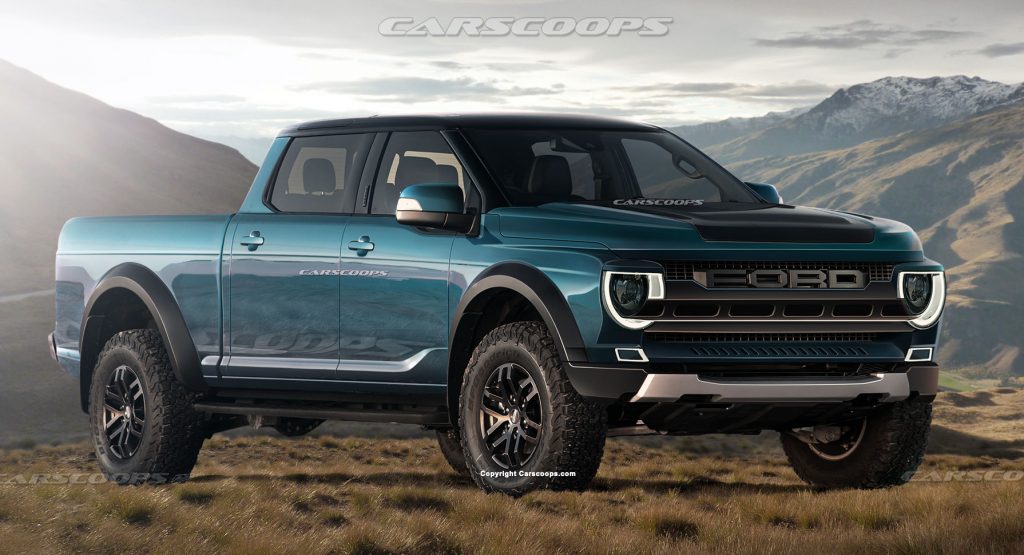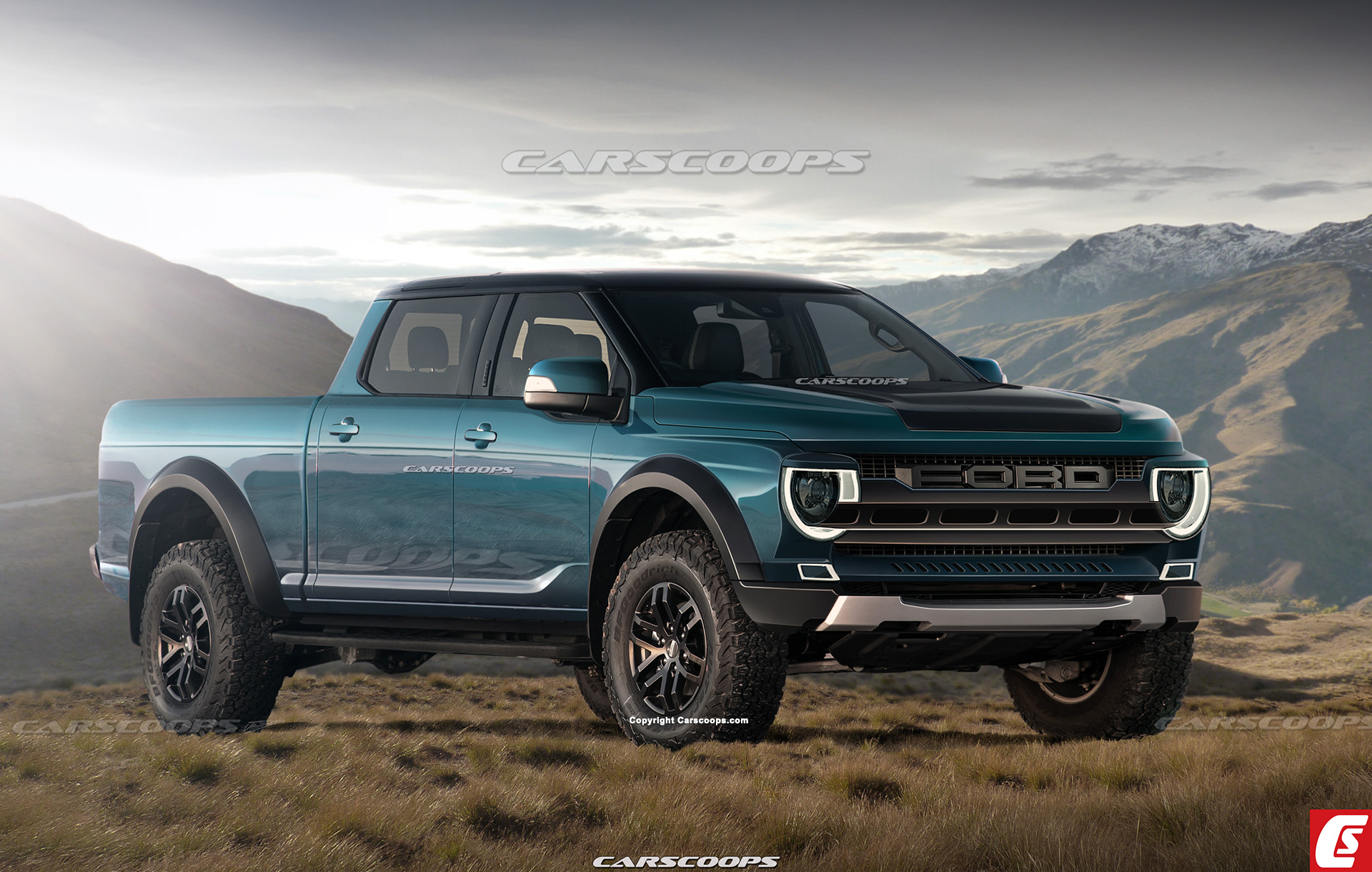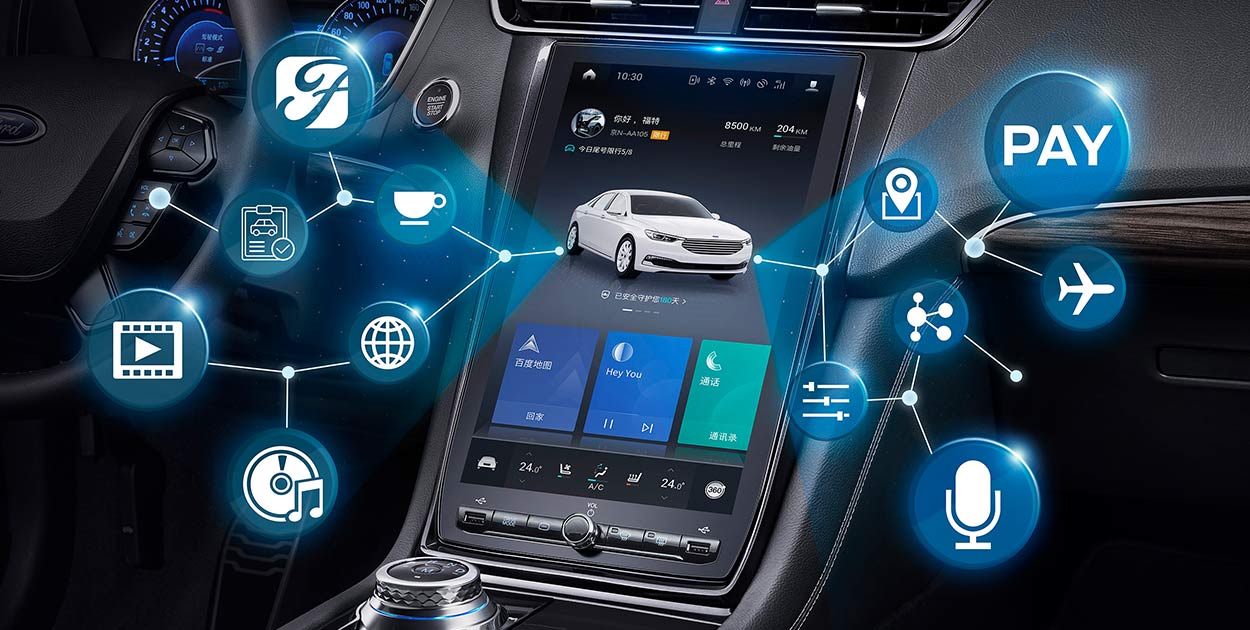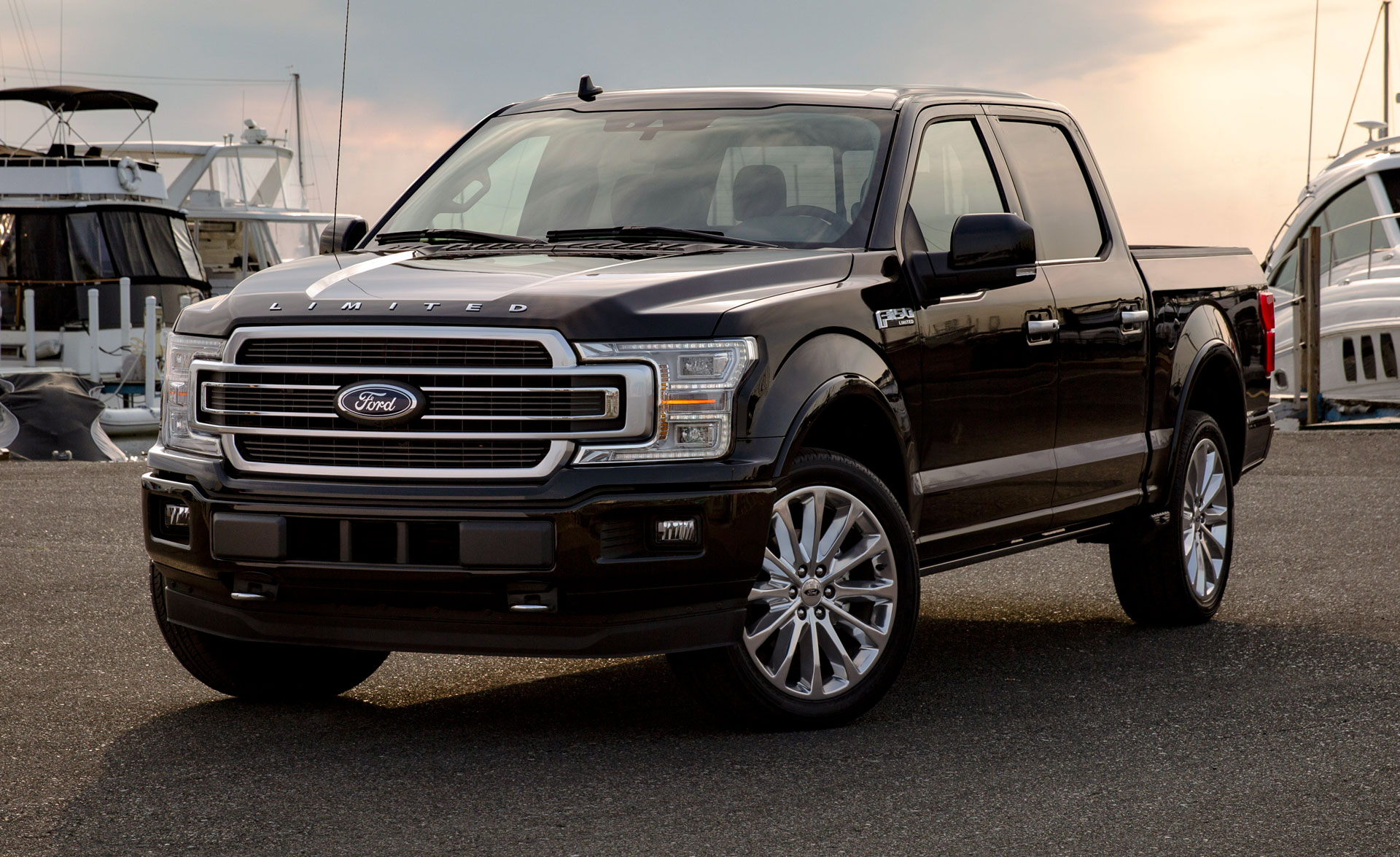Ford’s F-150 is undoubtedly an automotive icon; an integral part of America’s landscape that will seemingly be a part of us until the human race dies out. It’s also a vehicle that generates massive profits for the blue oval, and to mess with it would be corporate suicide. Or would it?
What if Ford went bold (alloy body aside), shook up the styling and delivered something that isn’t just an update on the current tried and proven theme? To answer this, I’ve created a design study that takes on a retrospective approach by melding contemporary, modern design and blending it with some of the F-150’s past.
Looking to the past for the future
Taking inspiration from the 1956 to 1960 F-series; front-end styling is dominated by a 3-dimensional grille with multiple cutouts to emphasize width and technical detailing. Like the current Raptor, big block lettering is used for brand identification and sits pride of place between the headlamps. Big LED halos are intersected by the grille’s midsection, and a thin illuminated strip connects both at the base for a unique lighting signature.
Renderings copyright Carscoops.com / Josh Byrnes
In a nod to the third-generation truck, the hood has a raised mid-section with color contrasting to emphasize power and toughness. As your eye casts further back, the theme changes into a more contemporary one; the cabin area has blacked-out A-pillars for a floating roof effect, and there’s a Tonka-like chunkiness to the glasshouse, lower door panels, and wheel arches.
Interior styling would mimic the exterior; with chunky, yet retro styling. Like it’s third-generation forebearer; exterior color schemes make their way into the cabin, melded with high quality and durable materials. As with the recently revised Chinese-market Taurus, a large portrait-style infotainment screen would dominate the center console and a plethora of driver-assist technologies help make everyday work life a breeze.
What about power?
It wouldn’t be a full-size pickup without a V8; the next-gen F-150 is rumored to be getting a new normally aspirated 4.8-litre unit mated to the familiar 10-speed automatic transmission. This design proposition couples this with hybridisation, making most of the weight-savings ethos introduced with the aluminum-bodied 2015 truck.
Of course, it wouldn’t be right looking into the future without embodying full electrification; we’ve already seen electric F-150 prototypes pulling locomotives – however lets up the ante by adding high density, solid-state batteries or even a hydrogen-powered option. Fast charging with a range of 500 miles plus? Yes, please.
Yet would this hypothetical design study drag punters out of their Dodge Ram, Chevrolet Silverado, Nissan Titan or Toyota Tundra? Probably not, as many of them are loyalists (as are F-150 owners), however, it does serve as an alternative to today’s steady-as-she-goes styling ethos for many trucks.
Finally, what are your thoughts on this alternative design exploration for the F-150? Share your thoughts in the comments below.







